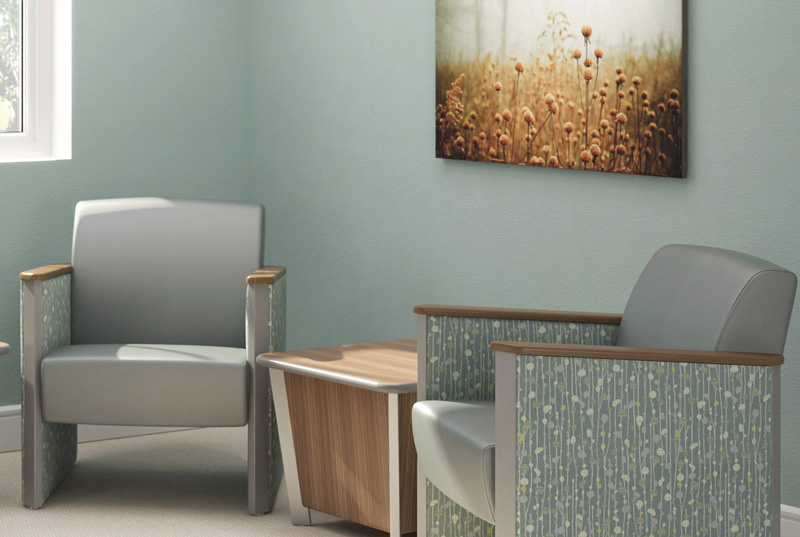Meeting JCAHO behavioral health standards is key to delivering safe, effective mental health care in your care environment. From behavioral assisted living environments to acute inpatient units, understanding these accreditation requirements ensures compliance and elevates outcomes for individuals receiving care.
The essentials of JCAHO behavioral health accreditation
The Joint Commission evaluates behavioral health programs against rigorous criteria that promote patient safety, quality improvement, and regulatory compliance. Key focus areas include:
- Environment of care: ensure ligature risks are removed, exits stay secure, and approved ligature resistant products are in place
- Safety and security: deploy behavioral safety products such as break-resistant fixtures and tamper-proof hardware
- Patient rights and ethics: support dignity with private rooms, clear signage, and trauma informed design choices
Adhering to these standards safeguards accreditation and positions your organization as a leader in patient-centered care.
Designing for compliance: from construction to furnishings
Behavioral health construction
New builds integrate safe planning by using wide corridors, observation-friendly layouts, and durable finishes.
Furniture and equipment
Anchor or weight beds, chairs, and tables with impact-resistant frames and replaceable upholstery. Choose modular seating for group therapy, adjustable tables for activities, and quiet corner chairs that support healing.
Adaptive reuse
Convert existing structures faster by adding biophilic elements and flexible room typologies that meet JCAHO criteria.
Materials and finishes
Use non-glare lighting, calming color palettes, and continuous surfaces to reduce stress triggers. Install recessed shelving, concealed hinges, and rounded-edge countertops to eliminate hazards without compromising aesthetics.
Integrating trauma informed design
Apply a trauma informed design checklist to boost compliance and wellbeing:
- Choice and control: offer adjustable lighting, temperature controls, and bedside privacy shades
- Predictability: use standardized layouts and clear wayfinding to lower anxiety
- Sensory considerations: add acoustic panels, soft textiles, and nature-inspired art for a healing atmosphere
These strategies support the continuum of care from inpatient psychiatric units to behavioral assisted living environments.
Levels of care & JCAHO requirements
Different levels of care require tailored design strategies:
Level of care
Acute inpatient (psychiatric unit)
Residential/assisted living
Outpatient & day programs
Key JCAHO focus areas
Ligature resistant design, rapid egress, advanced monitoring
Homelike environment, supervised autonomy, communal spaces
Flexible multipurpose areas, private counseling spaces
Monitoring, maintenance, and continuous improvement
JCAHO surveys are ongoing. Build a quality management plan that includes:
- Routine safety audits: inspect ligature resistant products, test door hardware, review escape routes
- Staff training: coach teams on behavioral health risks, equipment use, and emergency protocols
- Individual feedback: collect input on care environments to guide design updates
A robust plan keeps your facility compliant and responsive to evolving behavioral health strategies.
Emerging trends in behavioral health design
Stay ahead with innovations that enhance care and compliance:
- Smart room technology: integrate environmental sensors for air quality, temperature, and movement
- Modular and prefab construction: deploy mental health units that adapt to changing volumes
- Biophilic and healing-by-design: maximize natural materials, daylight, and views of greenery
By weaving these trends into your behavioral health design guide, you reinforce compliance and foster transformative patient experiences.




